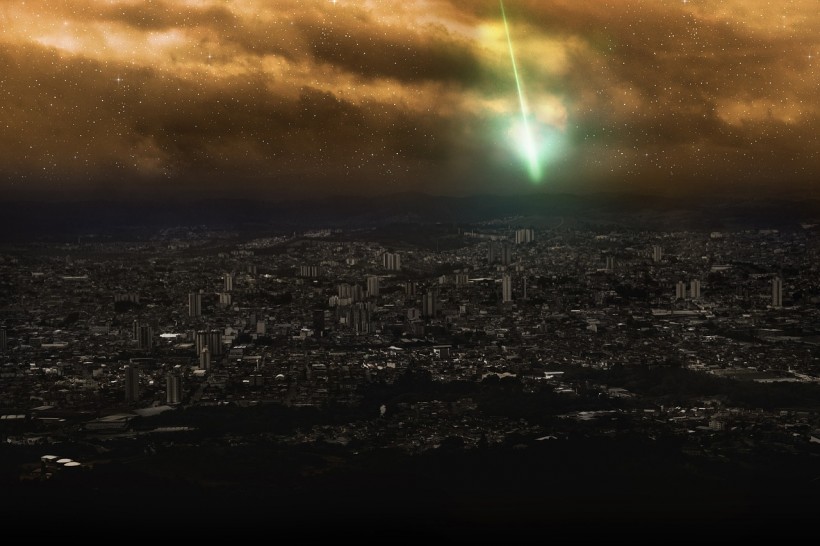A mysterious rocky fireball fell over Alberta, Canada in February 2021 and scientists just found out where it came from. Apparently, it came from the Oort Cloud, a place in the Solar System that serves as a reservoir of celestial objects and is believed to hold only icy objects.
According to their study, titled "Direct Measurement of Decimeter-sized Rocky Material in the Oort Cloud" published in Nature Astronomy, the discovery of the fireball's origin challenges popular theories on the formation of not only the Oort Cloud but of the Solar System as a whole.

Mysterious Rocky Fireball From Icy Oort Cloud Could Shed Light on the History of the Solar System
The Oort Cloud
According to NASA, Oort Cloud is the most distant place in the Solar system from the Sun. Scientists believe that it formed when gravity from newly formed planets crushed icy objects away from the Sun and the gravity from the Milky Way caused the objects to stay in that far region of the Solar System.
Unlike the Kuiper Belt which lies mostly in the same flat disk around the Sun, the Oort Cloud is believed to be a giant spherical shape that surrounds the Solar System. It looks like a thick-walled bubble of billions and trillions of icy objects as big as mountains or even larger.
Scientists suspect that the Oort Cloud is the source of most comets. An example of these comets is comet C/2013 A1 Siding Spring, which made a close flyby to Earth in 2014 and will not be returning to the inner Solar System until 740,000 years later.
However, Oort Cloud remains a theoretical concept for the time being as there is no object yet to be observed in the distant icy region despite long-period comets observed in the planets that are thought to have originated from there. Nonetheless, it remains the widely-accepted explanation for the origin of long-period comets.
Unexpected Source of a Rocky Fireball
The current theory on the formation of the Solar System is that millimeter-sized pebbles were sucked together over time to form the celestial bodies that are seen today. According to Live Science, this theory is called the pebble accretion model.
Dennis Vida, the lead author of the study and a meteor physics postdoctoral researcher at Western University, said in the press release that the recent discovery supports an entirely different model of the origin of the Solar System that says rocky objects co-exist with their icy counterparts within the Oort Cloud. The findings are a bit bizarre since the current theory does not support them.
The findings challenge the Solar System formation models. Instead, it supports the "Grand Track" theory, which proposes that Jupiter formed closer to the Sun and migrated due to gravitational forces between it and Saturn that forced the two planets away from the Sun. It is the only theory that suggests some rocky objects were ejected into the Oort Cloud, which might explain the origins of the fireball.
The rocky meteoroid was picked up by Global Fireball Observatory cameras operated by the University of Alberta. The observatory works in collaboration with NASA Goddard Space Flight Center, Lunar Planetary Institute, and several universities.
Analysis and calculations show that the trajectory of the fireball traveled from the outer regions of the Solar system, like the trajectory of icy objects that inhabit the Oort cloud. But its rocky composition was confirmed when it landed on Earth and broke apart just like a regular rock meteoroid.
But scientists said that between 1% to 2% of meteoroids from Oort Cloud are rocky. Understanding them is necessary to learn insights into what sparked life billions of years ago.
RELATED ARTICLE: Solar System Is Expecting a Visitor From the Oort Cloud Soon; Could It Be Among the Largest Comets Yet?
Check out more news and information on Space in Science Times.



![Earth's Quasi-Moon Kamo‘oalewa Could Originate From Lunar Surface Not Asteroid Belt [Study]](https://1721181113.rsc.cdn77.org/data/thumbs/full/53275/89/56/50/40/earths-quasi-moon-kamo-oalewa-could-originate-from-lunar-surface-not-asteroid-belt-study.png)










